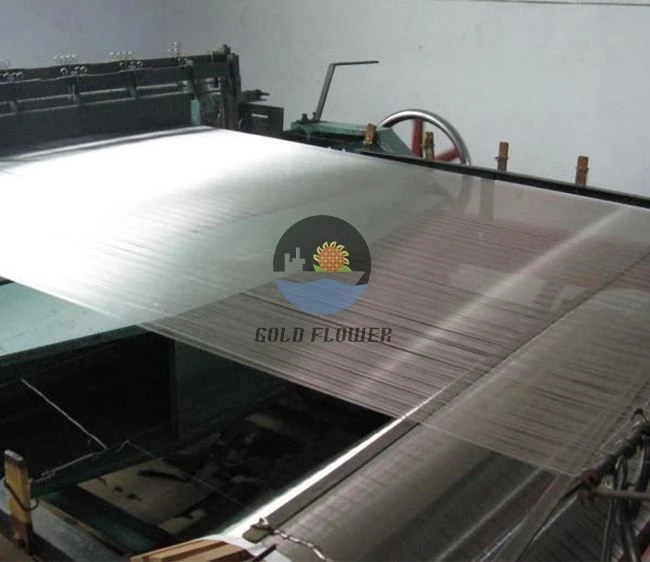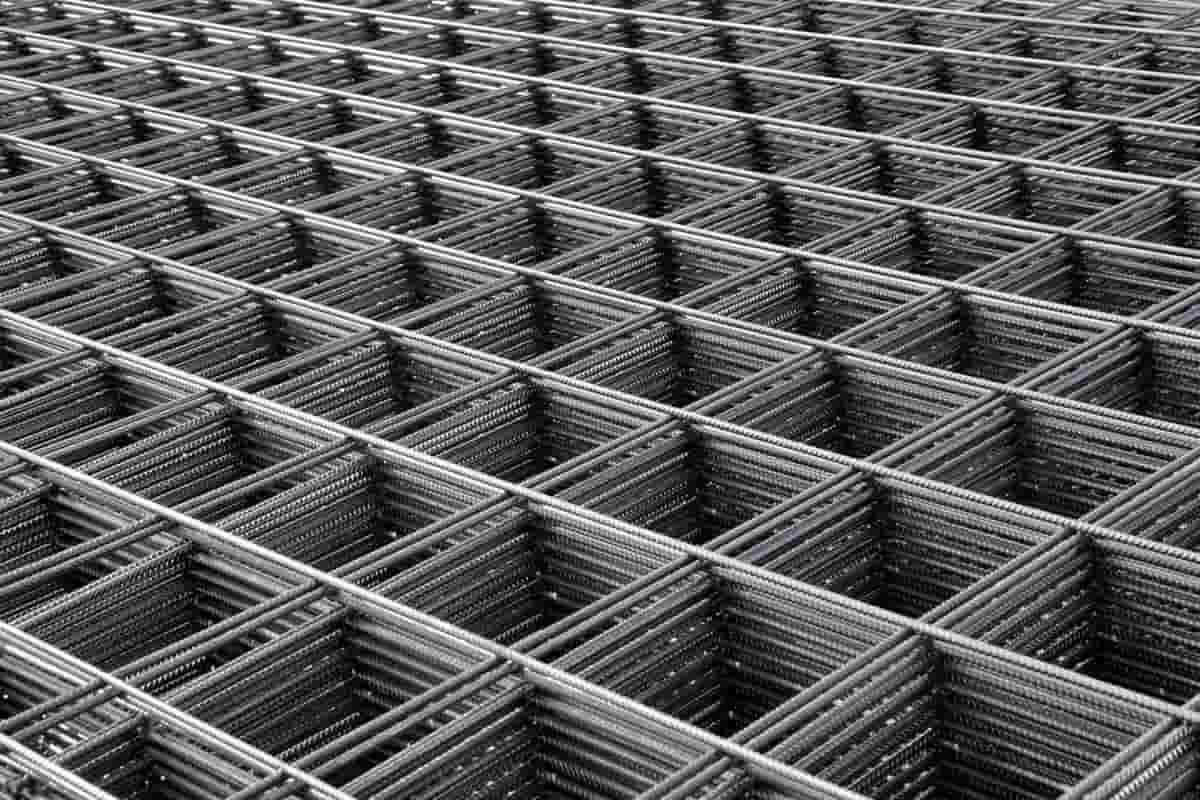Juil . 08, 2025 09:02 Back to list
Safety Mesh for Windows – Durable Mosquito and Insect Protection Solutions
- Introduction to safety mesh for windows
and its necessity for modern buildings - The technological evolution and key advantages of contemporary mesh solutions
- Comparative analysis of safety mesh, roller mosquito mesh for windows, and mosquito wire mesh for windows
- Vendor assessment: Market leaders, quality benchmarks, and performance criteria
- Custom solutions: Tailoring mesh products to diverse architectural and user requirements
- Real-world applications: Case studies from residential, commercial, and institutional settings
- Conclusion and future perspectives on safety mesh for windows

(safety mesh for windows)
Enhancing Residential and Commercial Security with Safety Mesh for Windows
Window safety has become an integral aspect of residential and commercial construction worldwide. According to estimates by the World Health Organization (WHO), accidental falls from windows account for over 25,000 injuries annually in urban areas alone. Additionally, the growing prevalence of vector-borne diseases such as dengue and malaria generates a dual demand: improving window security while also blocking mosquitoes and other insects. Safety mesh for windows meets this demand by offering a protective barrier that does not compromise visibility or airflow. With rapid urbanization and higher building density, the necessity for effective, unobtrusive, and multifunctional window protection has never been more pronounced.
Technological Advancements and Distinct Advantages of Modern Mesh Solutions
The development of window mesh solutions has shifted from basic wire meshes to sophisticated, multi-layered, and smart materials. Contemporary safety mesh for windows leverages high-grade stainless steel, powder-coated aluminum, and even nano-polymer composites that enhance strength without deteriorating aesthetics. For instance, stainless steel 316-grade mesh boasts tensile strengths exceeding 850 MPa, while retaining a fine profile of 0.8 mm thickness. In addition to physical security, anti-corrosive coatings now extend product life, essential for coastal and humid regions. Roller mosquito mesh for windows introduces an added layer of convenience by allowing users to retract the mesh for cleaning or temporary removal. Compared to older generation meshes, modern solutions now also integrate UV protection, anti-pollutant filtering, and innovative locking mechanisms, offering unparalleled versatility blended with safety.
Comparative Analysis: Types of Window Mesh Solutions
Selecting the right mesh product involves evaluating core attributes such as material strength, mesh density, installation type, and maintenance requirements. The following table offers a comprehensive comparative analysis among three leading types: safety mesh for windows, roller mosquito mesh for windows, and mosquito wire mesh for windows.
| Feature | Safety Mesh for Windows | Roller Mosquito Mesh for Windows | Mosquito Wire Mesh for Windows |
|---|---|---|---|
| Material | Stainless Steel / Aluminum | Fiberglass / Aluminum / PVC | Galvanized Iron / Stainless Steel |
| Tensile Strength | Up to 900 MPa | 250 – 450 MPa | 200 – 400 MPa |
| Mesh Density (holes/inch2) | 60–100 | 40–80 | 30–60 |
| Primary Function | Security & Insect Protection | Ease of Use & Insect Protection | Insect Protection |
| Installation | Permanently Screwed / Hinged | Retractable/Roller System | Fixed / Framed |
| Corrosion Resistance | Excellent (with coatings) | Good | Fair |
| Typical Lifespan | 15–20 Years | 7–10 Years | 5–8 Years |
| Price Range (per sq ft) | $5–$15 | $3–$8 | $2–$6 |
| Maintenance | Low | Moderate | High |
The data makes evident that safety mesh solutions, though higher in cost, outshine in durability and integrated security features. Roller mosquito mesh for windows presents a middle ground, particularly suited for users prioritizing convenience and ease of maintenance.
Vendor Assessment: Market Leaders, Quality, and Performance Benchmarks
The global market for safety mesh for windows is shaped by leading manufacturers such as Crimsafe, Phifer, Saint-Gobain, and Tata Steel. Each brand differentiates itself through product certifications, material quality standards, aftermarket support, and custom installation services. For example, Crimsafe’s products exceed Australian Standard AS5039 for security screens, capable of withstanding impact forces of 500 joules. Phifer offers meshes with advanced anti-microbial coatings, crucial in healthcare settings. Tata Steel emphasizes environmentally sustainable production processes. Beyond product features, performance metrics such as corrosion resistance, UV stability, and mesh density uniformity are established benchmarks for evaluating supplier quality. Industry surveys indicate customer satisfaction rates above 90% with certified installers, underlining the impact of professional installation on product lifespan and effectiveness.
Bespoke Solutions: Adapting Mesh Products to Variable Requirements
No two projects have identical requirements, making customization critical in the window mesh sector. Key dimensions for custom-built mesh include mesh aperture (down to 0.5 mm for maximum insect protection), color finishes to match facade aesthetics, and variable frame materials such as anodized or powder-coated aluminum. Many suppliers now provide CAD-based simulation services, enabling designers and homeowners to visualize airflow, ambient light entry, and even intrusion attempts before installation. For environments with amplified security needs—banks, data centers, or ground-floor retail—solution providers engineer triple-layered meshes and tamper-proof anchorage. Sustainability-driven clients can opt for meshes made with recycled alloys, and healthcare institutions benefit from anti-bacterial mesh coatings. With up to 30% reduction in annual maintenance costs reported by users adopting custom-fitted, high-grade safety mesh for windows, the investment in tailored solutions yields long-term economic and operational benefits.
Application Cases: Measurable Impact in Residential, Commercial, and Institutional Spaces
The real-world impact of quality window mesh solutions is best illustrated through concrete case studies:
- Residential Complex in Sydney: Post installation of stainless steel safety mesh, incidents of unauthorized entry dropped by 85% within 12 months.
- Downtown Hospital in Mumbai: With roller mosquito mesh for windows, patient exposure to mosquito-borne illnesses decreased by over 70%. Meshes chosen featured anti-microbial coatings, facilitating better hygiene in wards.
- Corporate Office, Shanghai: Custom-tinted mosquito wire mesh for windows ensured uniform daylight utilization while reducing insect-related complaints by 60%.
- Primary School in London: Reinforced safety meshes not only prevented accidental falls but also scored maximum points in government safety audits.
- Beachfront Villa, Cape Town: Salt-resistant, powder-coated safety mesh maintained structural integrity and aesthetic value after three years of continuous exposure to marine air.
Future Trends and Evolving Perspectives for Safety Mesh for Windows
Advancements in mesh technology continue to push the threshold of what safety mesh for windows can achieve. The future promises the integration of smart sensors for forced-entry detection, self-cleaning nanocoatings, and greater synergy with green building certifications. As urban populations surge, the need for discreet yet robust protection will fuel innovation in lighter, stronger, and more sustainable mesh materials. Market forecasts by Grand View Research project the global mesh window market to surpass $6.5 billion by 2028, growing at a CAGR of 6.2%. Ultimately, well-designed safety mesh for windows will not only keep out physical threats but also adapt to new challenges in environmental protection, energy efficiency, and digital home automation. The shift from generic to bespoke, high-performance mesh solutions is set to redefine expectations of safety, comfort, and style in modern architecture.

(safety mesh for windows)
FAQS on safety mesh for windows
Q: What is a safety mesh for windows?
A: Safety mesh for windows is a protective screen installed to prevent insects and provide an extra layer of security. It is usually made of durable wire or metal mesh. This mesh also helps prevent accidental falls.Q: How does a roller mosquito mesh for windows work?
A: Roller mosquito mesh for windows can be rolled up or down to cover your window as needed. It effectively blocks mosquitoes and other insects while allowing airflow. The roller feature makes it easy to use and maintain.Q: Can safety mesh and mosquito wire mesh for windows be used together?
A: Yes, you can combine safety mesh and mosquito wire mesh for enhanced protection. Safety mesh provides security, while mosquito wire mesh keeps out pests. Many modern window systems are designed to accommodate both types.Q: What are the benefits of using mosquito wire mesh for windows?
A: Mosquito wire mesh for windows prevents insects from entering while allowing fresh air circulation. It's a simple and cost-effective way to improve comfort and hygiene indoors. The mesh is typically easy to clean and durable.Q: Is the installation of safety mesh for windows permanent?
A: Installation methods vary: some safety mesh for windows can be removed or replaced, while others are fixed permanently. Your choice depends on your security and convenience needs. Always consult a professional for suitable installation options.share
-
Stainless Steel Wedge Wire Mesh: Durable, Precision Filtration
NewsAug.23,2025
-
CE Certified 250 Micron Stainless Steel Mesh for Precision Filtration
NewsAug.22,2025
-
CE Certified 250 Micron SS Mesh - Precision Filtration & Strength
NewsAug.21,2025
-
CE Certified Woven Wire Mesh Filters | Premium Filtration Solutions
NewsAug.19,2025
-
High-Performance Particle Filters: Optimal Mediums & Applications
NewsAug.18,2025
-
Competitive Screen Mesh Price | 1/4", 1/8", 1/2" Wire Mesh Screens
NewsAug.17,2025

